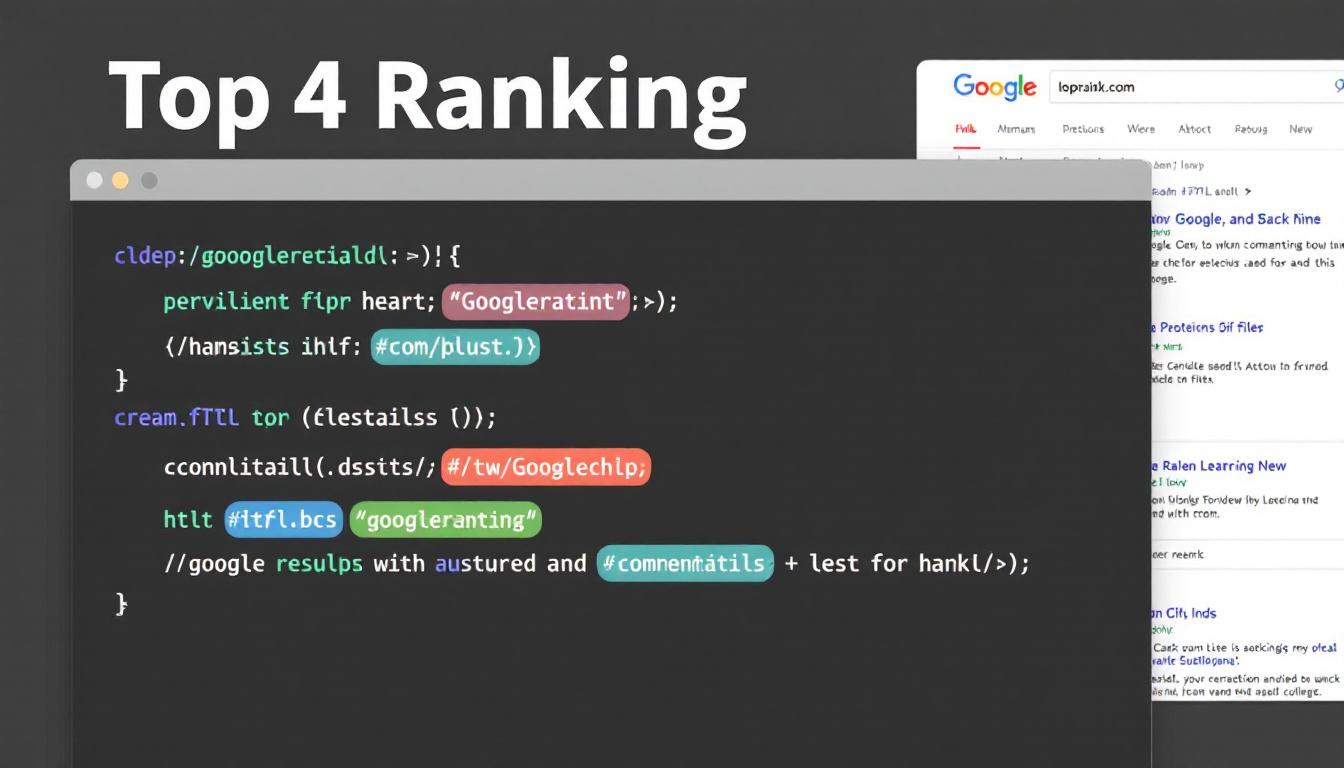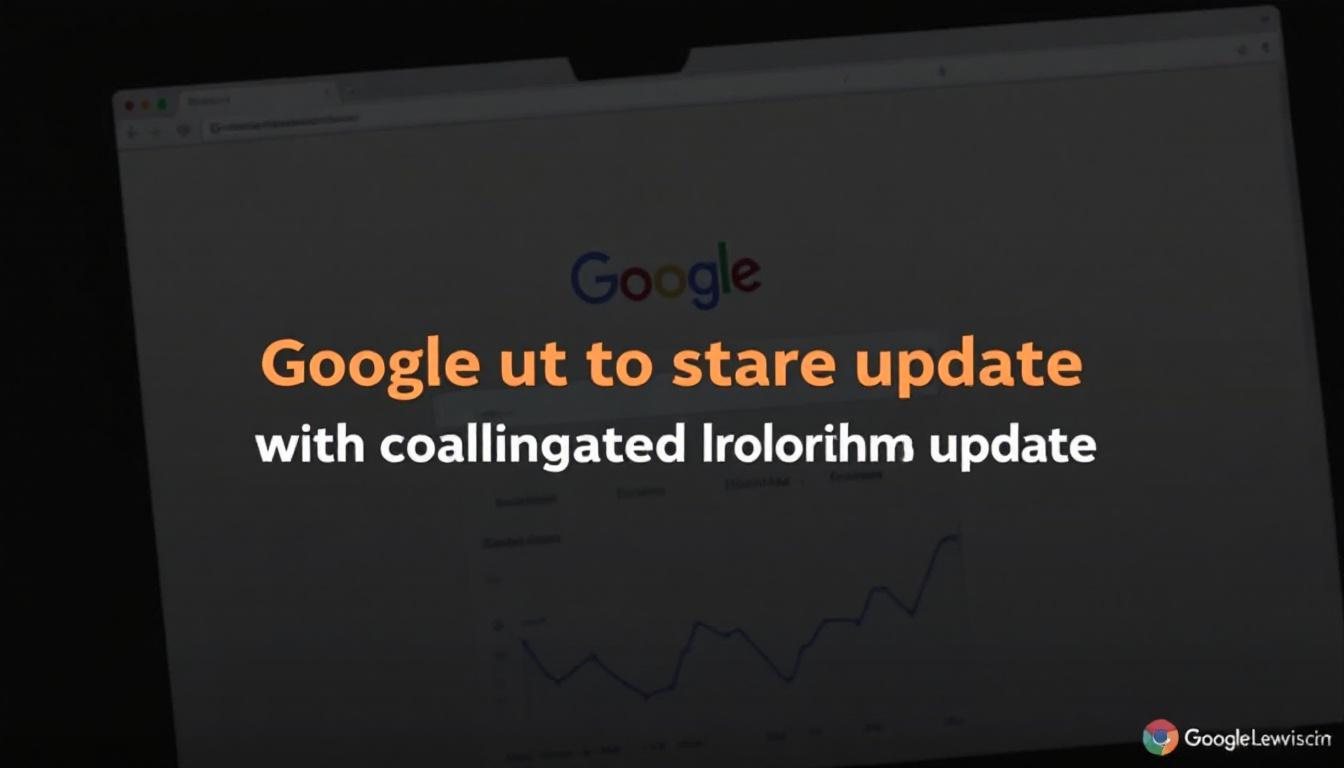Google has unveiled comprehensive information about the creation and design of its AI Mode, offering valuable insights into the development process.
NeuronWriter
Enhance your SEO strategy and create content that ranks high with semantic recommendations.
In a recent blog post, the tech giant details the user research, design hurdles, and testing phases that have crafted its sophisticated AI-driven search functionality.
These revelations shed light on Google’s transition from conventional keyword-based searches to more intuitive, conversational interactions, providing marketers with essential knowledge to adapt their strategies.
User Insights Shaped the Development of AI Mode
The evolution of AI Mode was primarily influenced by how users interacted with AI Overviews, revealing gaps between user expectations and available tools.
Understanding User Needs
Through extensive research, Google identified that users valued AI Overviews but desired greater predictability in their appearance.
Claudia Smith, Google’s UX Research Director, highlighted that users appreciated the benefits of AI Overviews but were uncertain about when they would appear. This feedback underscored the necessity for a more reliable and consistent AI search experience.
Additionally, the research indicated a trend towards more complex, longer queries that traditional search methods struggled to effectively address.
This behavioral shift prompted Google’s Product Management Director, Soufi Esmaeilzadeh, to question the future of search experiences, leading to the conceptualization of AI Mode.
AI “Power Users” Guided Development Process
Identifying key use cases was crucial in shaping the functionality and user interface of AI Mode, ensuring it met the most pressing needs of its users.
Key Use Cases Identified
Focusing on specific user requirements allowed Google to tailor AI Mode to provide meaningful assistance.
The UX research team pinpointed exploratory advice, how-to guides, and local shopping assistance as the top use cases. This focus enabled the development team to create a search experience that not only retrieves information but also helps users organize and comprehend it effectively.
Early feedback indicated that users valued this approach, appreciating the ability to engage with intelligent AI models that facilitate a deeper understanding of their queries.
Esmaeilzadeh emphasized the shift from keyword reliance to natural language, reflecting how users naturally communicate and seek information.
Industry Concerns Surrounding AI Mode
Despite Google’s advancements, experts in the industry express worries about the potential impact on web traffic and the overall search ecosystem.
Impact on Web Traffic
SEO professionals and publishers are particularly concerned about the changes AI Mode brings to traffic generation.
John Shehata, founder of NewzDash, reported that websites are experiencing a significant drop in traffic, with losses ranging from 25 to 32% due to AI Overviews.
In the news sector, health-related queries alone see a 26% penetration of AI Overviews, which redirects user engagement away from traditional web pages.
Skepticism About AI Capabilities
Critics argue that Google’s presentation of AI Mode may not fully reflect its complexity and the true power of its AI reasoning.
Mordy Oberstein, founder of Unify Brand Marketing, analyzed Google’s I/O demonstration and suggested that the showcased examples were not as intricate as claimed. He pointed out that Google primarily combined readily available information rather than demonstrating advanced AI reasoning capabilities.
Additionally, Google has not provided verifiable data to support claims of enhanced user engagement, making it difficult to assess the true effectiveness of AI Mode.
Shehata also noted a fundamental shift in the relationship between search engines and publishers, indicating that traditional models of traffic monetization are being disrupted.
Implications for Marketers and SEO Professionals
The introduction of AI Mode necessitates a reevaluation of content strategies to align with the new search paradigms.
Adapting Content Strategies
Marketers need to focus on creating content that directly addresses user inquiries in a conversational manner.
With the shift from keyword targeting to conversational queries, content strategies should prioritize answering user questions comprehensively rather than optimizing for specific terms.
Emphasizing exploratory advice, how-to content, and localized information can enhance visibility within AI Mode results.
New Success Metrics
The changing landscape requires marketers to rethink how they measure the success of their content.
Shehata suggests that visibility will become a more important metric compared to traditional traffic metrics. In an environment where traffic might decrease, being prominently featured within AI Mode can maintain a brand’s presence and influence.
Overall, Google’s AI Mode presents both challenges and opportunities for those in SEO and content marketing, urging a shift towards more user-centric content creation.
Future Developments and Ongoing Efforts
Google continues to refine AI Mode, indicating that further enhancements are on the horizon based on user feedback and evolving usage patterns.
Continuous Improvement
Google remains committed to enhancing AI Mode to better serve user needs and improve the search experience.
Esmaeilzadeh acknowledged that while significant progress has been made, there is still much to be done. The team is dedicated to a user-centric approach, ensuring that ongoing developments are aligned with how users interact with AI Mode.
Google has announced that additional AI Mode features revealed at I/O 2025 will be rolled out in the upcoming weeks and months, suggesting a dynamic and responsive development process.
The Bottom Line
Google’s introduction of AI Mode marks a significant shift in how search interactions are designed and executed.
By prioritizing user behavior and embracing natural language, the tech giant is paving the way for a more intuitive search experience. However, this evolution comes with challenges for marketers and publishers, who must adapt their strategies to maintain visibility in a changing digital landscape.
As Google continues to refine AI Mode, staying informed and agile will be essential for those looking to leverage its capabilities effectively.








